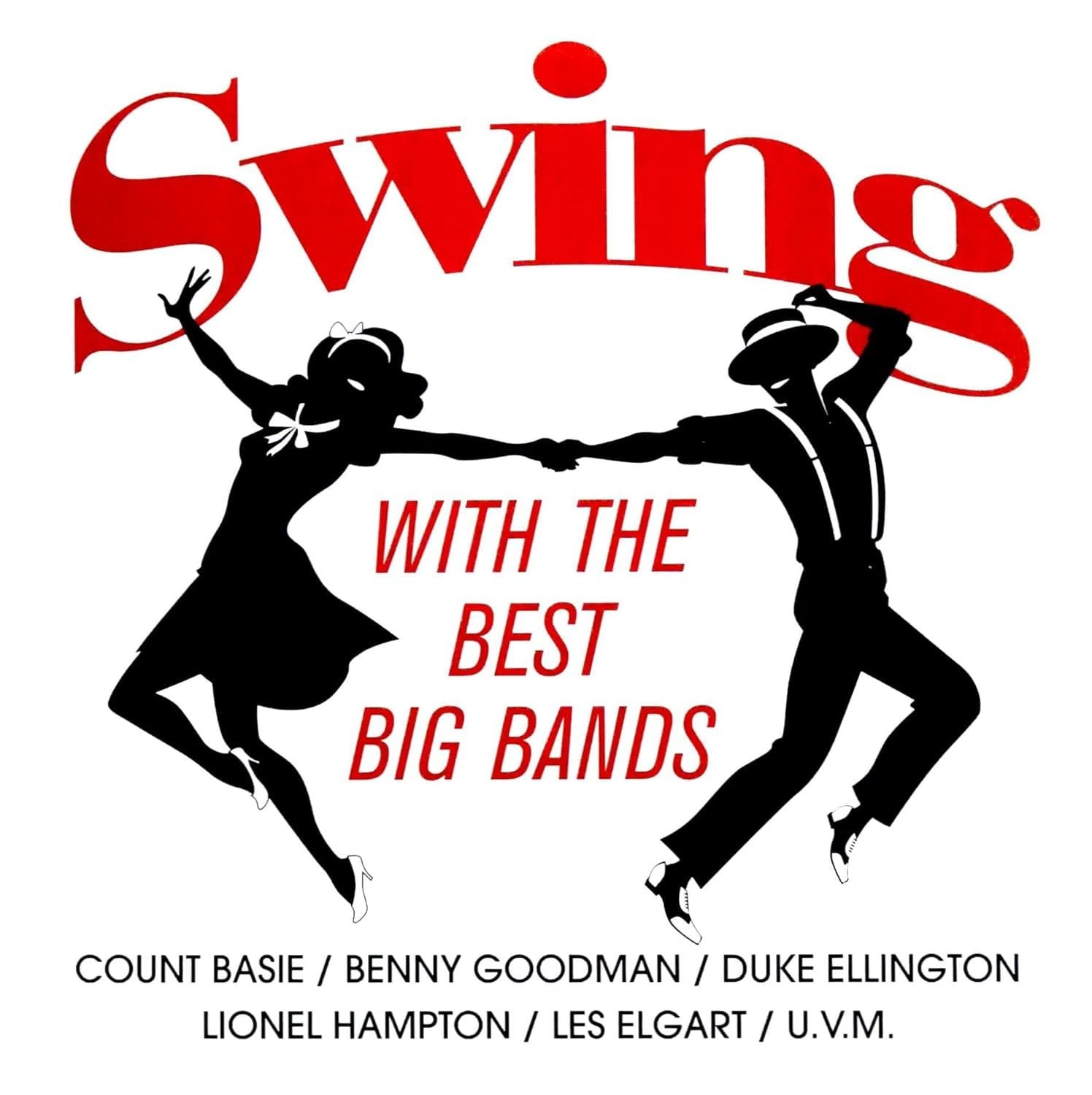Jazz, a uniquely American art form, has captivated audiences worldwide for over a century. This pillar page will explore the rich history and evolution of jazz, from its humble beginnings to its current status as a globally celebrated musical genre.
The Origins of Jazz
Jazz emerged in the late 19th and early 20th centuries in New Orleans, Louisiana, a melting pot of cultures and musical traditions. The city’s diverse population, including African Americans, Creoles, and European immigrants, contributed to the development of this new musical style.
African Roots and Blues Influence
The African musical heritage played a crucial role in shaping jazz. West African rhythms, call-and-response patterns, and the use of improvisation were all key elements that found their way into early jazz. Additionally, the blues, another African American musical form, heavily influenced jazz with its emotional expression and distinctive chord progressions.
New Orleans: The Birthplace of Jazz
New Orleans provided the perfect environment for jazz to flourish. The city’s vibrant street culture, brass band traditions, and diverse musical influences converged to create a unique sound. Early jazz was often played in the city’s dance halls, brothels, and street parades, gradually gaining popularity among both black and white audiences.
The Evolution of Jazz: Key Eras and Styles
As jazz spread beyond New Orleans, it continued to evolve, giving rise to various styles and subgenres. Let’s explore the major eras that shaped the history of jazz.
Early Jazz (1900s-1920s)
The early jazz era was characterized by collective improvisation, where multiple instruments would improvise simultaneously. Key figures of this period include:
- Buddy Bolden: Often credited as the first jazz musician
- King Oliver: Cornetist and bandleader who mentored Louis Armstrong
- Jelly Roll Morton: Pianist and composer who helped codify jazz harmony
The Swing Era (1930s-1940s)
The swing era saw jazz become America’s popular dance music. Big bands led by charismatic bandleaders dominated this period. Notable developments include:
- The rise of the big band format
- More sophisticated arrangements and harmonies
- The emergence of the swing rhythm
Key figures of the swing era:
- Duke Ellington: Composer and bandleader known for his sophisticated compositions
- Count Basie: Pianist and bandleader famous for his swinging, blues-based style
- Benny Goodman: Clarinetist and bandleader dubbed the “King of Swing”
The Bebop Era (1940s-1950s)
Bebop represented a shift from dance music to a more complex, virtuosic style of jazz. Characteristics of bebop include:
- Faster tempos and intricate melodies
- Extended harmonic vocabulary
- Emphasis on individual solos rather than collective improvisation
Influential bebop musicians:
- Charlie Parker: Alto saxophonist known for his revolutionary approach to improvisation
- Dizzy Gillespie: Trumpet player who helped develop the bebop style
- Thelonious Monk: Pianist and composer known for his unique harmonic approach
Cool Jazz and Hard Bop (1950s)
The 1950s saw the development of two contrasting styles: cool jazz and hard bop.Cool Jazz:
- Characterized by a more relaxed, subtle approach
- Often associated with West Coast jazz musicians
- Key figures: Miles Davis, Chet Baker, and the Modern Jazz Quartet
Hard Bop:
- A return to blues and gospel influences
- Emphasized rhythm and soul in jazz
- Notable musicians: Art Blakey, Horace Silver, and Cannonball Adderley
Modern Jazz (1960s onwards)
The 1960s ushered in a period of experimentation and fusion in jazz. Several important developments occurred:
- Free Jazz:
- Pioneered by Ornette Coleman
- Emphasized collective improvisation and atonality
- Jazz Fusion:
- Blended jazz with rock, funk, and electronic music
- Miles Davis’s “Bitches Brew” album was a landmark in this style
- Post-Bop:
- Combined elements of bebop, hard bop, modal jazz, and free jazz
- Musicians like Wayne Shorter and Herbie Hancock were key figures
The Global Spread of Jazz
As jazz evolved in the United States, it also spread internationally, influencing and being influenced by other musical traditions.
Jazz in Europe
European jazz developed its own distinct flavors, with countries like France, Germany, and the UK becoming important jazz centers. The Django Reinhardt-led “Gypsy Jazz” movement in France is a prime example of European jazz innovation.
Latin Jazz
The fusion of jazz with Afro-Cuban and Brazilian rhythms led to the development of Latin jazz. Key figures in this movement include:
- Dizzy Gillespie: Collaborated with Cuban percussionist Chano Pozo
- Stan Getz: Helped popularize Brazilian bossa nova in the United States
Jazz in Asia
Countries like Japan and South Korea have developed thriving jazz scenes, producing notable musicians who have made significant contributions to the genre globally.
Jazz Instruments and Their Evolution
The development of jazz is closely tied to the evolution of its primary instruments. Let’s explore some key jazz instruments and their roles:
Trumpet
The trumpet has been central to jazz since its inception. Louis Armstrong’s innovative playing in the 1920s set the standard for jazz trumpet. Other notable jazz trumpeters include Miles Davis, Dizzy Gillespie, and Wynton Marsalis.
Saxophone
The saxophone, particularly the alto and tenor varieties, became a defining sound of jazz. Charlie Parker revolutionized saxophone playing in the bebop era, while John Coltrane later pushed the instrument to new expressive heights.
Piano
From stride pianists like Fats Waller to bebop innovators like Bud Powell and modern masters like Herbie Hancock, the piano has been crucial in shaping jazz harmony and rhythm.
Double Bass
The double bass replaced the tuba as the primary bass instrument in jazz, providing both rhythmic and harmonic foundation. Important bassists include Charles Mingus, Ron Carter, and Scott LaFaro.
Drums
Jazz drumming evolved from the military-style playing of early New Orleans jazz to the interactive, polyrhythmic approach of modern jazz. Key innovators include Baby Dodds, Max Roach, and Elvin Jones.
The Legacy and Future of Jazz
Jazz has left an indelible mark on global music culture. Its influence can be heard in various genres, from rock and hip-hop to classical music. The improvisational spirit and harmonic innovations of jazz continue to inspire musicians across all styles.
Jazz Education
The formalization of jazz education in universities and conservatories has helped preserve and propagate jazz traditions. Many renowned jazz musicians now serve as educators, passing on their knowledge to new generations.
Jazz Festivals and Venues
Jazz festivals like the Newport Jazz Festival and the Montreux Jazz Festival have become important platforms for showcasing both established and emerging talent. Historic venues such as the Village Vanguard in New York City continue to be vital spaces for live jazz performances.
The Digital Age and Jazz
The advent of digital technology has both challenged and created new opportunities for jazz:
- Streaming platforms have made vast catalogs of jazz recordings accessible to global audiences
- Social media has allowed jazz musicians to connect directly with fans and promote their work
- Digital production tools have opened up new possibilities for composition and recording
Contemporary Jazz Trends
While rooted in tradition, jazz continues to evolve. Some current trends include:
- Incorporation of electronic elements and production techniques
- Fusion with global music styles beyond the traditional Latin and European influences
- Renewed interest in spiritual and Afrocentric themes in jazz composition
Conclusion
The history of jazz is a testament to the power of cultural exchange, individual creativity, and collective innovation. From its roots in African American communities to its status as a global art form, jazz has continuously reinvented itself while maintaining a core identity based on improvisation, swing, and blues feeling. As we look to the future, jazz remains a vibrant and evolving genre, ready to surprise and delight listeners for generations to come.



